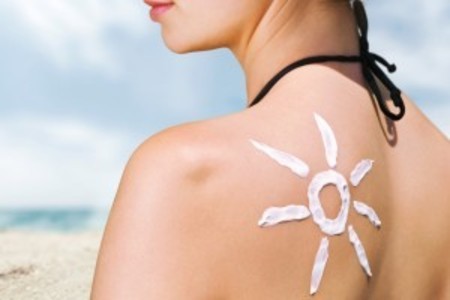Top 5 Sunscreen Myths
Posted on: April 30, 2018

Top 5 Sunscreen Myths we All Believe
Sunscreen is a vital step in a skincare routine because it protects against sunburns and the development of skin cancer. But there are a lot of myths surrounding the use of sunscreen that can cause potentially harmful or dangerous misunderstandings. Here are the top 5 myths around sunscreen and the true sunscreen facts.
1. People with dark skin do not have to worry about using sunscreen lotion.
While it is true that people with darker skin have a lower skin cancer risk, they are are not immune. Unfortunately, skin cancer is often diagnosed later in life in people of color because of this misconception. An essential step of any skincare routine, for anyone, is using sunscreen to protect against the dangers of prolonged sun exposure.
2. I need sunlight to get Vitamin D so using sunscreen lotion will prevent that.
Only 15 minutes of sun exposure is required to get enough Vitamin D for the day which often happens through incidental exposure. And, as many people do not apply sunscreen correctly so that it covers the entire exposed body, the skin is still able to produce the required amount of Vitamin D.
3. I don't need sunscreen lotion if it isn't around noon.
While it is true that the peak time for sunburns is from 10 A.M. to 2 P.M., prolonged sun exposure at any time of day is unsafe and can lead to skin damage or cancer. Making sunscreen application part of your daily skincare routine, like using lotion to moisturize, can help prevent the risk of sun-related skin damage.
4. One application of sunscreen lasts all day.
Sunscreen breaks down when it is exposed to light and sun, causing it to lose its effectiveness. Looking at the sunscreen facts on your bottle will tell you how often to reapply, but it's best to reapply every 2-4 hours when in direct sunlight.
5. All sunscreens are the same.
The Sun Protection Factor (SPF) number on the bottle is a score of how well that product protects against the sun; any number over 20 is preferred. The sunscreen should also be a broad range, meaning it protects against both UVA and UVB rays. Finally, look for a sunscreen that can also be used to moisturize.


